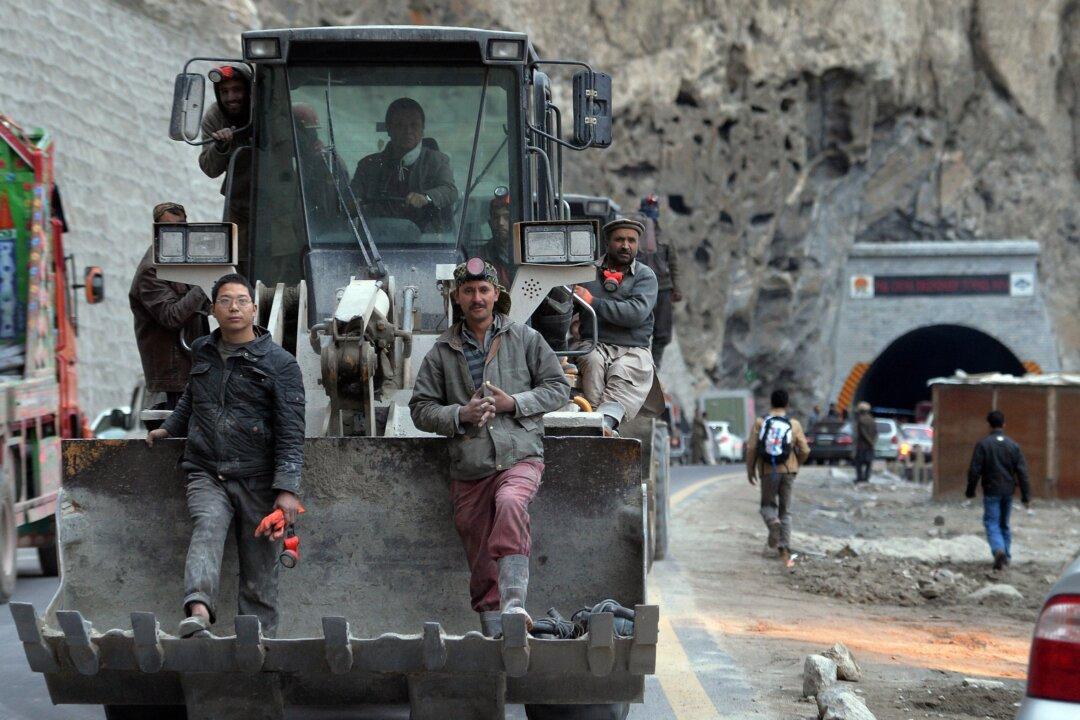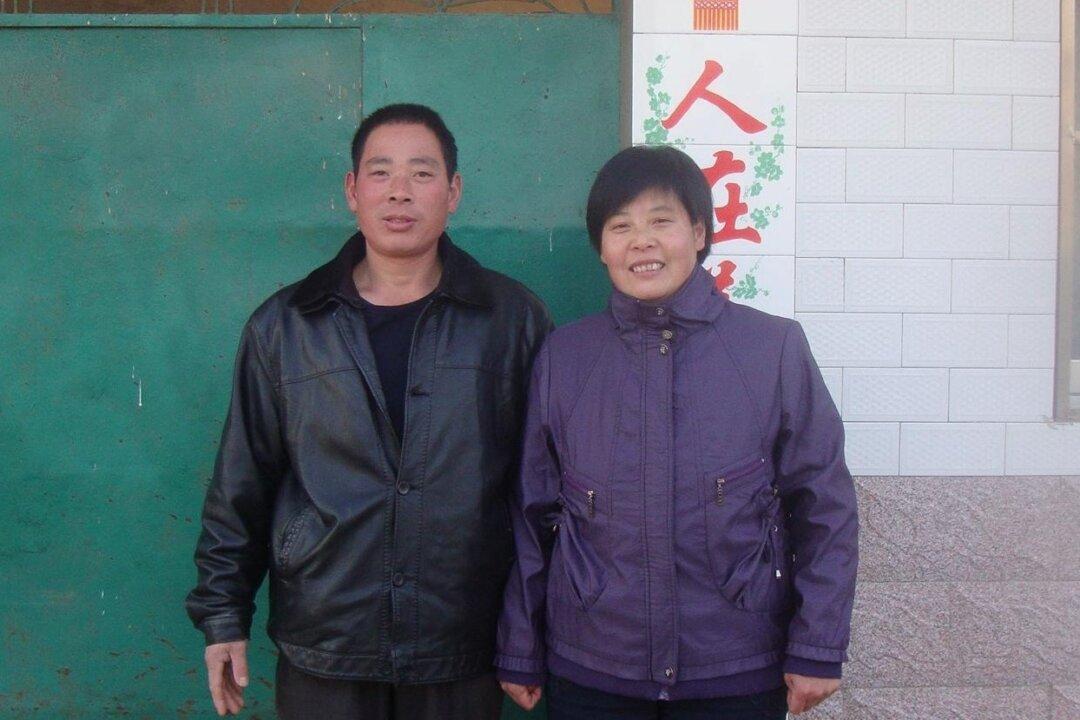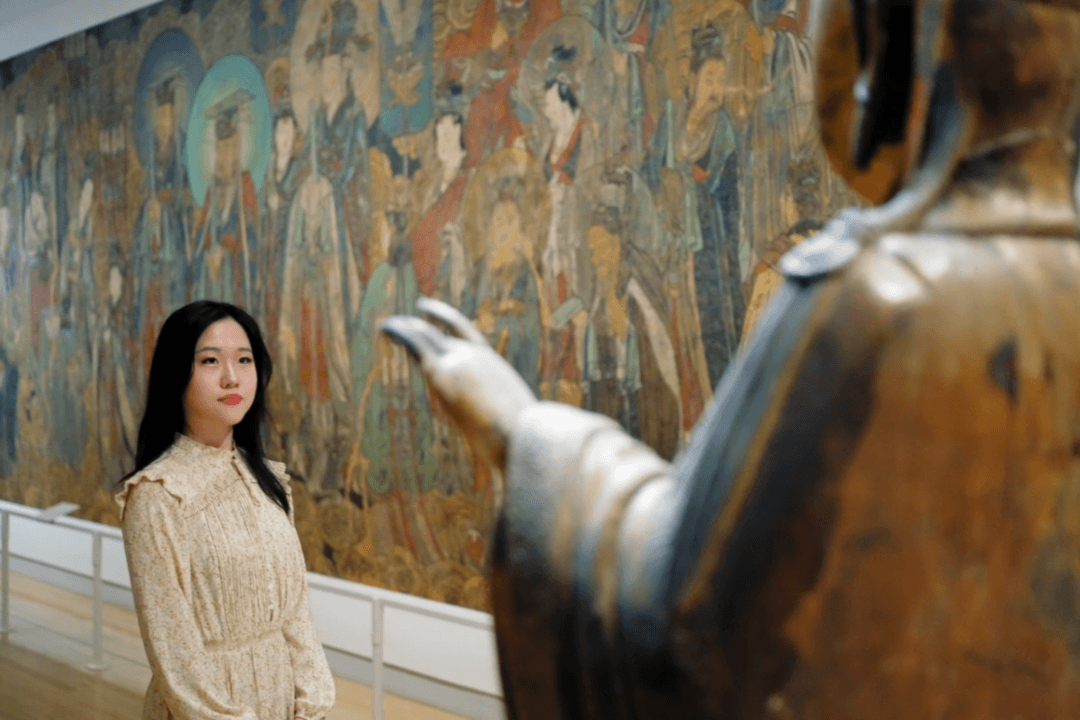China’s Belt and Road Initiative (BRI) is facing growing opposition from participating countries as their debts associated with Chinese projects mount, according to a recent study.
Launched in 2013 by Chinese leader Xi Jinping, the BRI might be losing its impetus due to a debt-based backlash, according to a study from AidData, a research lab at William & Mary’s Global Research Institute.





